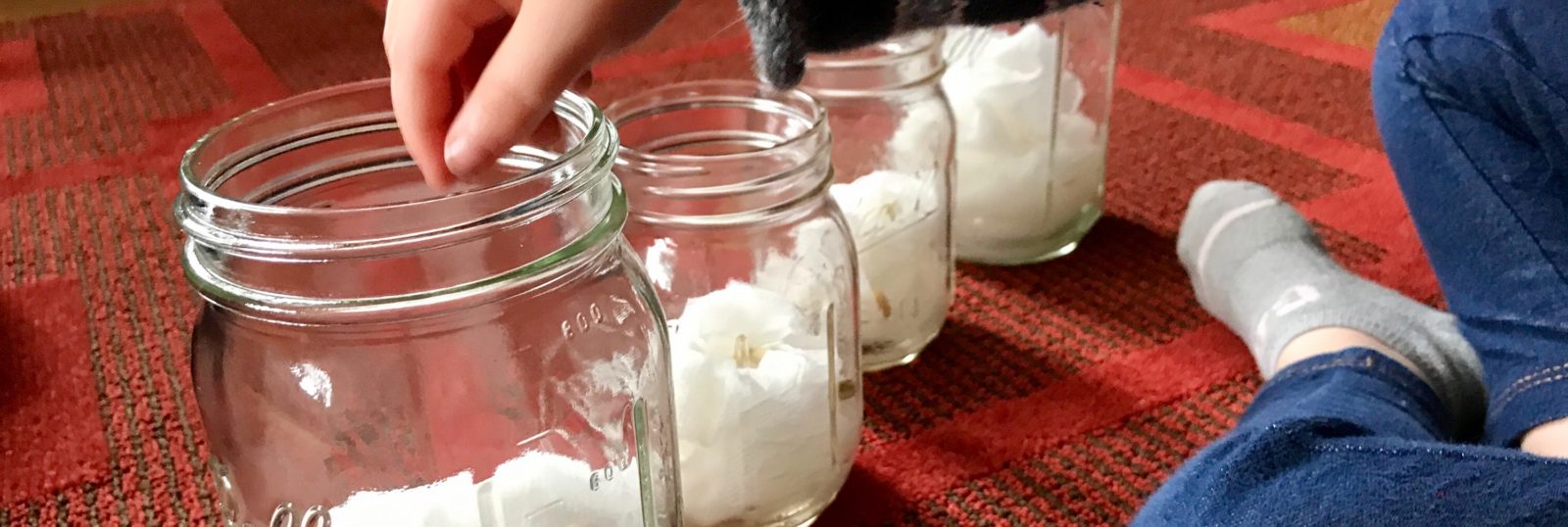Optimal fruit and vegetable intake is associated with improved overall health and reduced risk for obesity and chronic disease. Children who develop a healthy eating pattern are more likely to eat healthfully as adults. The current recommendation is 1-2 cups of fruit and 1-3 cups of vegetables daily, depending on the child’s age and gender.1,2 Despite the well-documented benefits of consuming fruits and vegetables, less than half of American children eat the recommended daily amount of fruits and veggies.1 There is a growing body of evidence that shows what virtually every parent already knows: that kids eat even less vegetables than they do fruit.3
Schools and communities across the country have implemented gardening-based programs, with the goal of increasing fruit and vegetable consumption in children. Most programs provide kids with the opportunity to plant, water, weed, harvest, and ultimately eat the fruits of their labor (pun intended). Programs that include nutrition education and parent involvement have the most profound impact on the child’s overall intake of fruits and vegetables.2
Regardless whether your child is involved in a gardening program outside the home, try growing something with them at home. Black thumb? No worries! From novice to outside gardening master, we’ve got ideas to bring out the farmer in both you and your kids:
No thumb – Growing seeds in a jar
If you’re new to growing, this is the option for you. All you need is a glass jar, paper towels, water, and seeds. That’s right—no dirt! The advantage to no-dirt growing is that you and your little one can watch the seeds germinate, a fascinating process that normally occurs under ground.
Here’s how: Fill a mason jar with paper towels (little hands are perfect for this task). Then wet, but don’t flood, the paper towels. Add a mix of seeds like peas, beans, and sunflowers (a mix ensures that something will grow, in case one seed is a dud). Place the jar in a windowsill and watch: within a few days, you should start to see some growth.
Indoor Gardener – Herbs
Fresh herbs can be grown year-round indoors and they make a wonderful accompaniment to any dish. Little ones can “harvest” the herbs during meal prep. The only requirement is a sunny ledge or windowsill.
Here’s how: Purchase one or two herbs such as basil, parsley, or rosemary, and place in a sunny spot. Check the soil daily, and water it when it feels dry. Excess basil can be turned into pesto and all herbs can be dried.
Trapped Maven – Pots
If you lack outdoor space, try growing herbs and/or vegetables in large pots. The pots can be placed on a patio, porch, or balcony. Cherry tomatoes, salad greens, cucumbers, as well as herbs all do well in optimally placed pots.
Here’s how: Choose a sunny spot and then fill the pot with potting soil. Plant vegetable seeds according to their directions or purchased herbs. Check them daily and water as needed, preferably in the morning or evening.
Green Goddess – Garden
The possibilities are endless with a full garden. When deciding what to plant, consider your climate and what your kids might eat—carrots, bell peas, bell peppers, and cucumbers all make great snacks! Early spring veggies include sugar snap peas, lettuce, spinach, potatoes, kale, carrots, and beets. Late spring/early summer vegetables are tomatoes, sweet peppers, summer squash, beans, corn, and cucumbers as well as most herbs. Try new takes on familiar veggies, like rainbow carrots and striped beets. Children love harvesting!
Here’s how: If you haven’t had your soil tested, some local universities offer low-cost testing, or try your county extension office. If you’d rather skip the digging, use garden boxes filled with at least 24 inches of soil and enriched with organic compost. Check your USDA Plant Hardiness Zone for information on when to plant seeds and plants in your area. Plant seeds according to package directions. Check with your gardening center that purchased plants have been hardened off—gradually introduced to the direct sunlight and crisp air of the outdoors for periods of time—before planting directly into the soil. Check on them daily and water as needed, preferably in the early morning or evening to allow the water to run down to the roots of the plants, avoiding excess loss to evaporation.
********
Gardening can not only grow your child’s palate, but also increase their curiosity, resourcefulness, and self-confidence. Keep the fun going all year long by mixing up what you plant, creating new recipes that utilize your bounty, and planning the following year during the winter months.
Reference:

